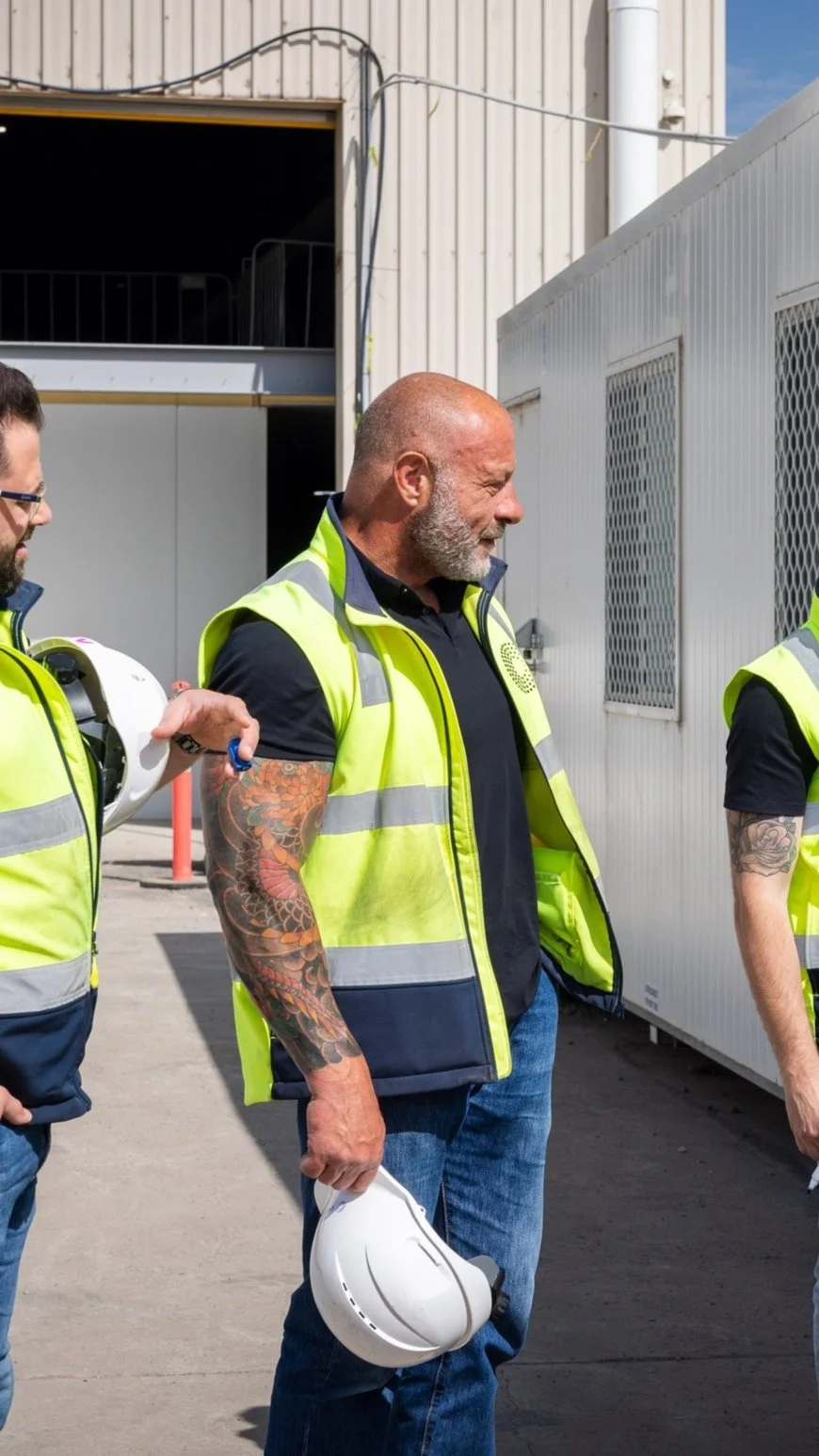Employee Insights : Riaan Kirk
We sat down with Riaan Kirk, Senior Site Manager at Connected, to discuss the evolving landscape of laboratory construction. Currently managing the Melbourne BVAQ project, Riaan brings extensive hands-on experience delivering complex life science facilities. He shares his insights on design evolution, collaborative delivery models, and the technical challenges of modern laboratory construction.
Q: How has laboratory design evolved in your experience, and what impact has this had on construction delivery?
"Laboratory design has undergone a remarkable transformation over the past decade," explains Riaan. "We've moved well beyond the days of cramming sophisticated equipment into whatever space was available. Today's laboratories are purpose-built environments where every element serves the scientific mission."
The evolution extends far beyond simple space planning. "Modern laboratory design prioritises intelligent service integration and adaptive layouts that can evolve with scientific requirements. We're designing flexible infrastructures that accommodate changing research needs without major reconstruction."
Technology integration has been particularly transformative. "Advanced airflow management systems, increased automation capabilities, and intelligent monitoring systems are now standard features rather than luxury additions. These technological advances don't just improve operational efficiency—they create safer working environments and enable laboratory teams to work more effectively."
The impact on construction delivery has been significant. "Purpose-built design means we're working with more sophisticated specifications from the outset. Every decision requires careful consideration of how it affects scientific workflows, regulatory compliance, and future adaptability."
Q: How effective have you found the Early Contractor Involvement (ECI) model for complex laboratory projects?
"The ECI model has proven exceptionally effective for complex laboratory construction," Riaan emphasises. "Having all stakeholders, client, builder, and consultants, collaborating from the earliest stages creates a foundation for successful project delivery that simply can't be achieved through traditional procurement methods."
The collaborative approach addresses potential issues before they become costly problems. "By bringing everyone into the room early, we identify and resolve challenges during the design phase rather than discovering them during construction. This proactive approach eliminates the costly rework cycles that plague traditional delivery methods."
The benefits extend beyond risk mitigation. "ECI creates a clean build environment where everyone understands their role and responsibilities. We're not just building to specifications—we're building with understanding of the scientific objectives and operational requirements that drive those specifications."
Early engagement also accelerates delivery timelines. "When the entire team understands the project intimately from the beginning, we can move faster during construction whilst maintaining quality standards. The ECI model keeps us ahead of the curve rather than constantly catching up to emerging issues."
Q: What has been your most significant technical challenge, and how did you approach resolving it?
"The most complex challenge I've encountered was the integration of three separate laboratory sites into a single, cohesive facility," Riaan reflects. "Each site had developed its own operational systems and service requirements over time, creating a puzzle where every piece had to fit precisely whilst maintaining full functionality.
The complexity extended throughout the building's infrastructure. "Services coordination became the critical challenge—managing the extensive mechanical, electrical, and plumbing systems both overhead and underground whilst ensuring seamless integration between previously independent operations."
The solution required intensive early-stage planning and stakeholder coordination. "We approached this challenge by front-loading our planning efforts, working closely with consultants and the client to map every system interaction and dependency. This comprehensive planning phase allowed us to identify potential conflicts before construction began."
Collaboration proved essential throughout the process. "Maintaining tight communication with both consultants and the client team was crucial. Regular coordination meetings, detailed service drawings, and continuous validation of design decisions against operational requirements kept the project on track."
The experience reinforced the importance of thorough preparation. "Complex technical challenges like this demonstrate why early planning and stakeholder engagement are so critical in laboratory construction. The time invested in understanding and planning pays dividends throughout the construction process."

